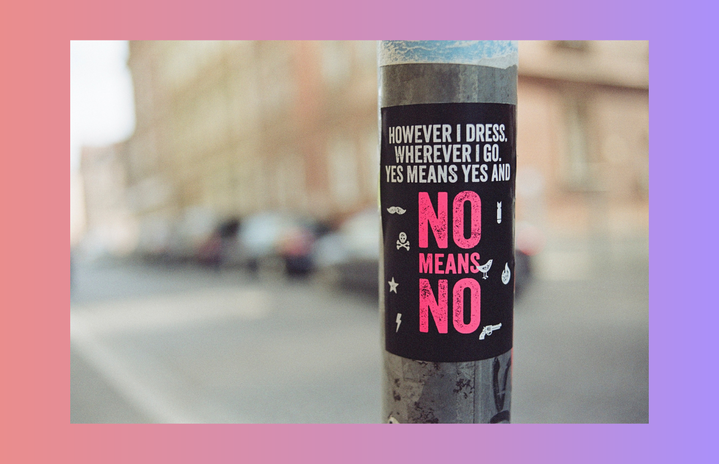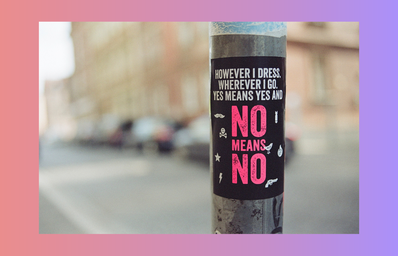April was officially recognized as Sexual Assault Awareness Month by President Barack Obama in 2009.
The color for sexual assault is teal, according to the National Sexual Violence Resource Center, and individuals are encouraged to wear teal ribbons to show their support for survivors during this month.
Sexual Assault Awareness Month is important to recognize due to the prevalence of sexual assault in our country today. According to RAINN, one out of every six American women, and one out of every 33 American men, has been the victim of an attempted or completed rape in their lifetime.
Many events occur during Sexual Assault Awareness Month that honor survivors. One event is the Clothesline Project, which was started in 1990 by Rachel Carey-Harper to bring awareness to violence against women.
The Clothesline Project has 10 shirt colors that represent different acts of violence against women: yellow or beige for women battered or assaulted; red, pink or orange for women raped or sexually assaulted; blue or green for women survivors of incest or child sexual abuse; white for women who have died of violence and purple or lavender for women attacked because of their sexual orientation.
Many colleges and universities have hosted The Clothesline Project over the years. Utah State University has had a display during Sexual Assault Awareness Month since 1998.
The university said that they have over 2,000 shirts in total. Penn State University started a virtual Clothesline Project in the fall of 2020. It is a good way to honor survivors of violence all year round.
Penn State University also hosts a yearly art installation called “What Were You Wearing?” Survivors of sexual assault created this art installation.
This installation’s goal is to challenge the harmful opinion that the clothes you wear can heighten your chances of being assaulted. This installation is very impactful and disproves this claim in a striking way.
Both events bring awareness to an important topic that should be discussed more often.
Many aspects of sexual assault are stigmatized, but the most common is victim-blaming according to resiliencemi.org. Victim-blaming suggests that the victim is responsible for the assault.
This assumption can lead survivors to feel guilt or shame and not report their assaults to law enforcement for fear of being blamed. To support survivors, society needs to stop victim-blaming and start believing and listening to individuals who have experienced sexual assault.
Believing an individual is the most important thing you can do to support a survivor. This affirms that you support them and are willing to listen if they want to talk.
Never pressure a survivor into taking action against their assailant. It is their choice if they want to report it to law enforcement.
You can also support them by giving them resources that are available to help those who have been sexually assaulted. I have included a list of resources below at Penn State University.
Center for Sexual and Gender Diversity
Campus Police: 814-863-1111
Victim & Survivor Support & Advocacy
Office of Sexual Misconduct Reporting & Response
A list of Title IX resources at Penn State
For survivors, please utilize these resources and know you are not alone. I believe you.


